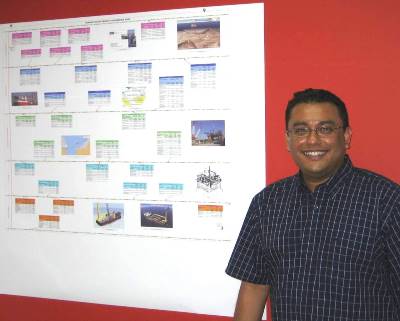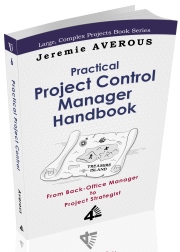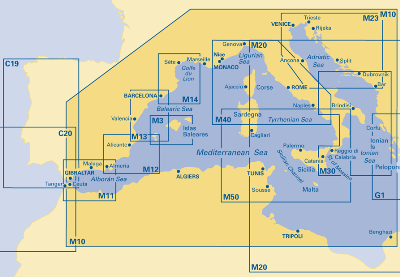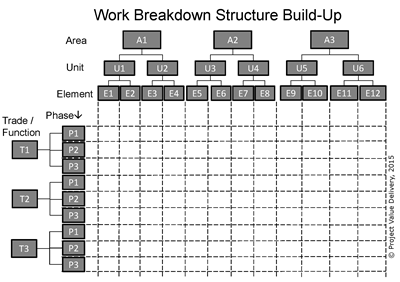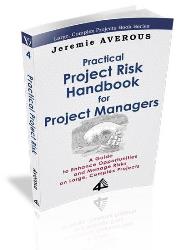How to Produce and Update a Convergence Plan
The Convergence Plan is our recommended strategic planning tool for Large, Complex Projects. It is also an essential tool for Visual Management in the modern Project Office. In our new White Paper 2015-17 ‘How to Produce and Update a Convergence Plan’ we explain some basics for its preparation and update. The essential consideration is the level of discipline which is required when updating it. Because it uses fixed dates and deliverables it can be an extremely powerful tool when used properly.
When you are leading a Complex Project where many different interdependent contributors need to deliver in a coordinated manner, focus on convergence and be disciplined about it. Identify problems early by monitoring your buffers for convergence deliverables. Be relentless in ensuring that temporary additional resources get thrown in early if needed.
The Convergence Plan as a tool gives a high level view of the Project that can be easily communicated to the Project team, and allows the Project Manager to focus on those key high value deliverables which timeliness is essential to the success of the Project.
The most difficult part of its effective application is to have the discipline not to change the dates of the Convergence Plan gates once the Project is under way (unless there is a significant schedule rebaseline due to a change of scope or a major change in a Project milestone).
The Convergence Plan does not replace the Integrated Project Schedule which still needs to be designed, updated and forecast. Data from the Integrated Project Schedule will be used to monitor Convergence Plan deliverables.
Properly applied, the Convergence Plan provides the Project Manager with an uncluttered view of Project progress and enables the function to watch progress relative to the initial intent. It is also an outstanding communication tool within the Project team in terms of visual management.
Discover more about convergence plans in our new White Paper 2015-17 ‘How to Produce and Update a Convergence Plan’.
Find all these principles of Advanced Project Scheduling exposed in a comprehensive manner in our new Handbook,  Advanced Scheduling Handbook for Project Managers (now published – click on the link to see it on Amazon!)
Advanced Scheduling Handbook for Project Managers (now published – click on the link to see it on Amazon!)

